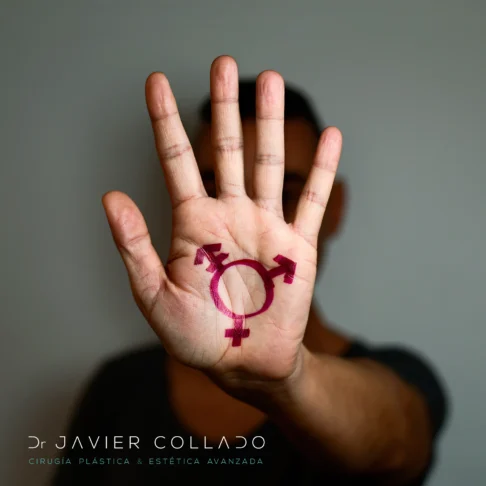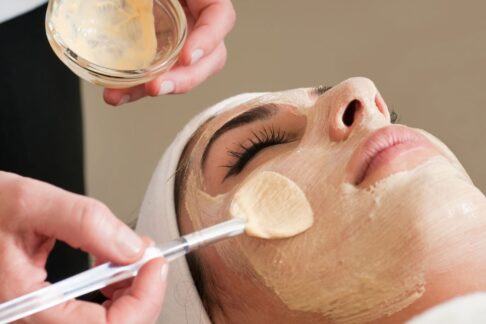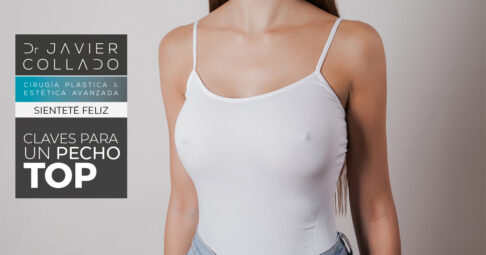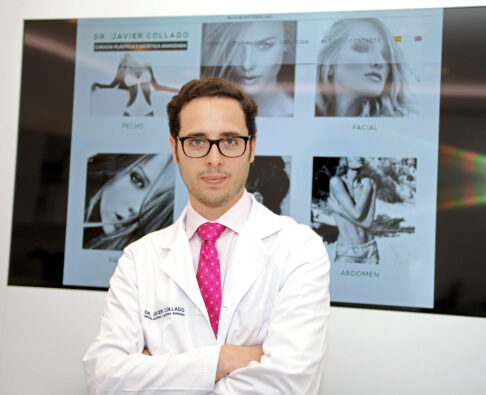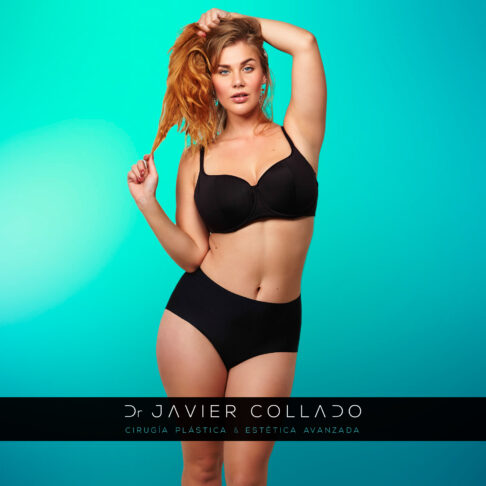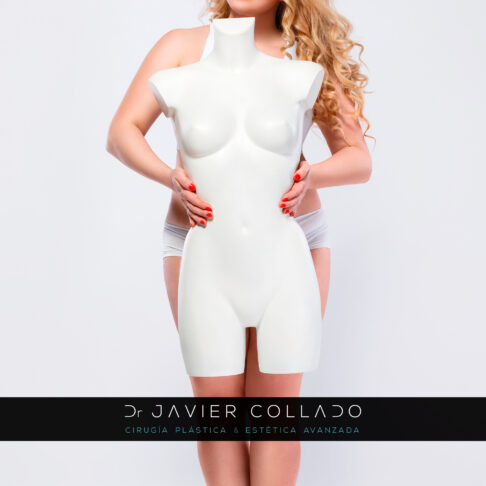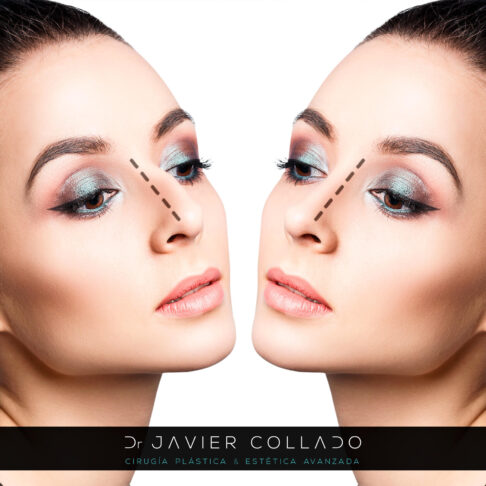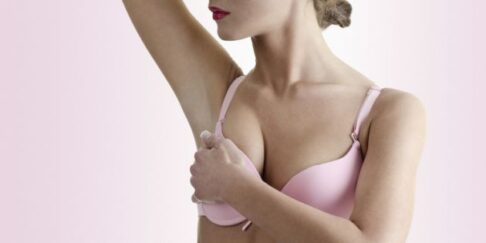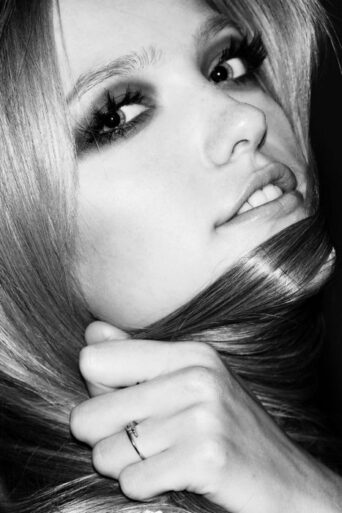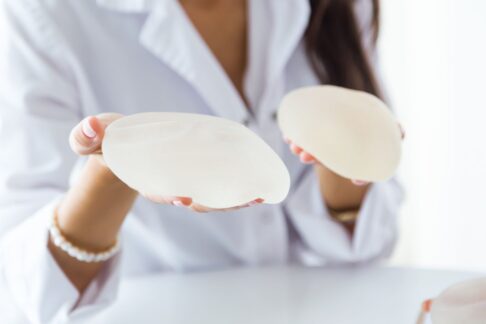
We have all heard about cosmetic medicine and minimally-invasive plastic treatment. There is usually good press regarding it as everything that sounds like “minimally-invasive”, sounds modern or a natural result. But in this environment, all that glitters is not gold and you need to be clear about what a face needs to improve as all types of treatment have their limits.
For example, a barcode (wrinkles on the upper lip) should not only be filled with hyaluronic acid, as the lip can become swollen like a duck’s, although with fuller wrinkles. You have to complete the treatment with a dermabrasion, laser or chemical peeling as the barcode is not only a lack of volume, it is also an excess of skin, and this excess can only be reduced with the treatments mentioned.
Another typical example is tightening threads or mini-facelifts, which have great marketing. Patients undergo these treatments and within a year, they are back to being the same, when what they really needed was to have a full facelift with natural vectors. And when they realise that what they needed was a facelift, they have already paid half in minimally-invasive treatments with mini-results.
In terms of injected products:
Botulinum toxin: it is the ideal treatment to correct or improve crow’s feet, the space between eyebrows and forehead wrinkles. The only disadvantage is that it lasts for 6 months.
Hyaluronic acid: it is ideal for improving the volume of the lips and some nasolabial folds. Be careful when using it to fill “puppet strings” as they are usually patients who are subject to correction through a facelift as they occur with the falling of the face onto the lower third. This can only be solved through this intervention.
Other filling products: They should always be reabsorbable as there has been plenty of destruction caused by non-reabsorbable ones in the lips and cheeks. Be careful with the rhino-modelling which only results in a bigger size of the nose in order to hide the trestle when what is really needed is a rhinoplasty. In some clinics, I have heard of liquid lifts being done with these products. It would be good idea if you asked for before and after photos to see if an objective improvement can be achieved.
In terms of plastic and cosmetic surgery:
Blepharoplasty: it is one of the most pleasant interventions. It solves the excess skin of the eyelids and the bags, but not the dark circles under the eyes which has no definitive cure.
Rhinoplasty: it corrects nasal deformities and improves undesired defects. Be careful with rhino-modelling that only hides defects by increasing the size of the nose, which is usually an undesired collateral effect.
Facelift: despite not having good press due to excesses performed in the past or by poorly skilled surgeons, it is the definitive solution for nasolabial folds, puppet lines, double chin and chords or lines that start in the neck due to distension of the platysma muscles. That is to say, when it is correctly indicated, it is the ideal solution for facial falls in the third or lower mean.
In short, we should not only choose minimally-invasive treatment, nor should it all be surgery. Each face needs something different but the most common is that both branches complement each other. For example, a botulin toxin treatment could be the ideal complement for a blepharoplasty while a fat transfer of the face might also work in a facelift context.
Doctor Javier Collado

Soy el doctor Javier Collado Alcázar, cirujano plástico y estético en Málaga, Marbella y Algeciras. Me gusta tener un trato cercano y real con mis pacientes, siempre conjugado con el máximo rigor profesional y transparencia.
